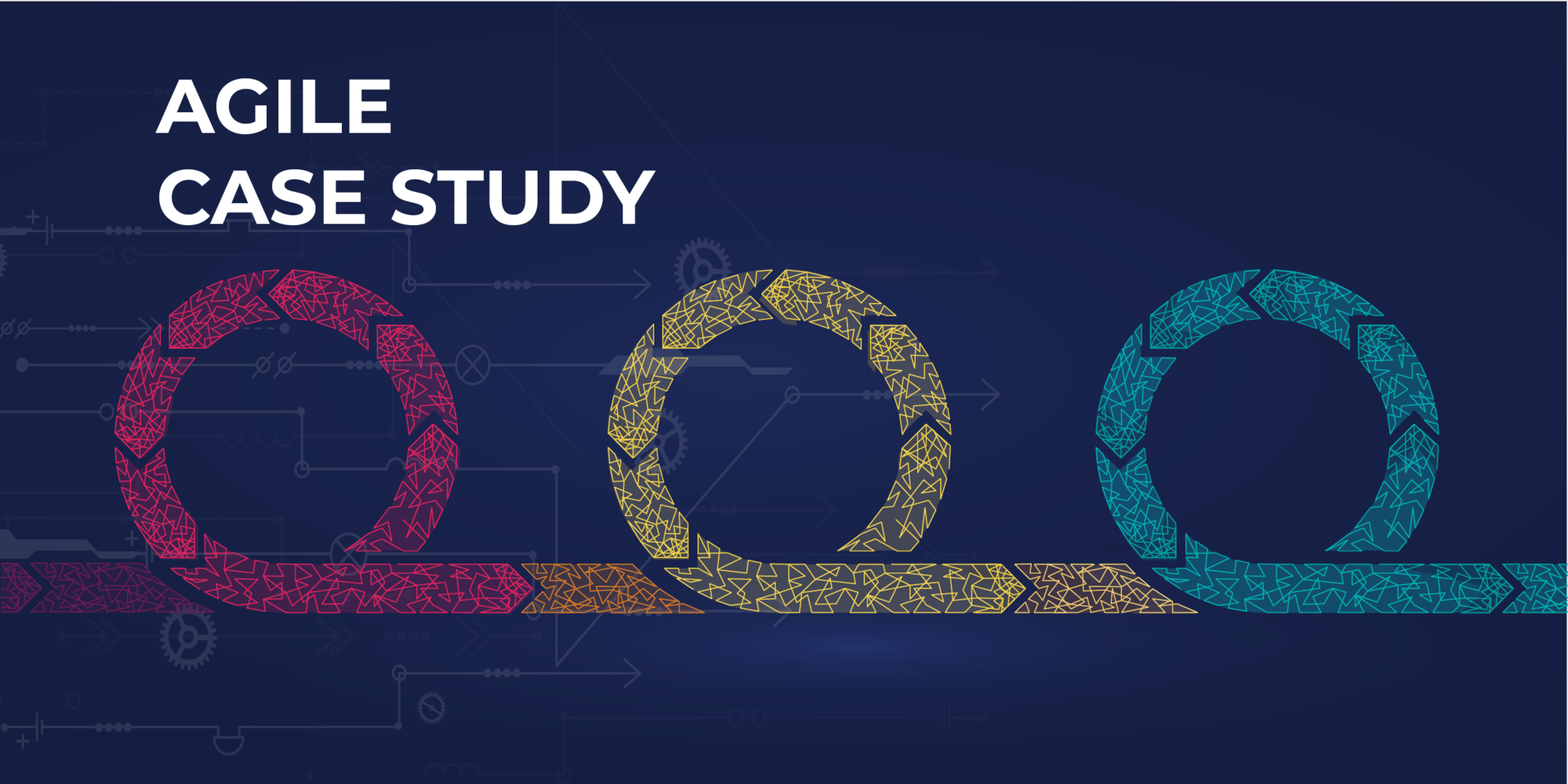Turning On DIMES: The Agile Way to the Cloud

This story revolves around unsung heroes. The Division of Identity Management Enterprise Systems (DIMES) is responsible for carrying out identity and access management work that we often take for granted, simply because we don’t always see it.
From stopping bad actors from accessing CMS systems to providing the right individuals access to the right resources at the right time for the right reasons, DIMES makes everything run more smoothly and securely for CMS. When it came time for the major EIDM to IDM migration project, DIMES recognized they needed to incorporate Agile methods into their work.
A Project Impacting Millions of People
To understand the gravity of what DIMES does, we look to the numbers. The DIMES Team is responsible for supporting CMS’ Enterprise Identity Management System (EIDM), which supports over 300 CMS applications, and the number is growing. DIMES supports every CMS component and most CMS offices. The IDM System currently has over 500,000 users, not including the 13 million Marketplace consumers who have utilized its identity proofing service.
The Enterprise Systems Solutions Group (ESSG)/DIMES is the System Maintainer and Business Owner of CMS’ Enterprise Identity Management System that provides the following services to the Agency:
- Identity Proofing
- Authentication
- Multifactor Authentication
- Authorization/Role Management
- Tier 2 and Tier 3 Help Desk Support
- Reporting Support
Without this work, the personal information of millions of Americans would be compromised.
When it came time for DIMES to complete the modernization and cloud migration of the legacy identity management system (formerly known as EIDM), division staff knew it would be no small task. With a huge volume of private information at stake, DIMES leadership recognized they needed to adjust the way they worked to complete this migration quickly and securely. That is where Agile came in.
A Major Migration Sparks a Major Change
DIMES embarked on a multi-year effort to migrate over 70 applications from a brick-and-mortar data center over to the cloud. At the same time, DIMES also had to support new CMS application onboards that were coming into the cloud. Simply put, it was a massive project that required a large amount of bandwidth to complete but would generate huge cost savings for CMS. DIMES quickly recognized that their current project management methods would not suffice for this project.
In January of 2019, DIMES began their Agile journey. Within just six months, they were operating in an Agile fashion.
“One of the biggest challenges we ran into was that the old solution had over 70 applications integrated,” recalls DIMES Division Deputy Director Jeff Cernik. “What we found out was that due to all those applications and different constraints and deadlines, we couldn't migrate all of the applications at the same time. Ultimately, we had to find three different migration dates. Had we not switched to Agile, there's no way we could have done that.”
The success of this Agile journey can be attributed to the general consensus of adopting Agile methods. It wasn’t a matter of if they changed how they worked, it was a matter of when.
“That’s why change was able to happen so quickly, says Kristen Bruscha, DIMES Division Director. “People saw results almost immediately.”
The fast value Agile brought to the migration project was observed in improved delivery times. Agile methods brought visibility to the work, which allowed everyone to see all of the work that needed to be completed. DIMES staff were able to understand and report on the project’s status at any given time, which helped optimize deployment of time and resources. As a result, people were able to deliver work more quickly than ever.
“We realized that the methods we were using in the past were not going to work for us to move into the cloud,” said Bruscha. “We started meeting with an Agile coach and we incrementally over time adopted PI (Program Increment) planning and sprints and understanding the whole Agile way of life. We just started doing it.”
Adopting an almost entirely new way of working was an adjustment. At the start of the journey, project staff would meet with their Agile coach two or three days a week for several hours a day to get things kicked off and running. The project blossomed when people started seeing the benefits of Agile.
“Once people went through some Agile training and saw how quickly things could be delivered through Agile, that's when the buy-in started to occur,” says Cernik.
A key strength of Agile is flexibility. Its methods are completely customizable to fit the needs of the team using them. What you want is to make Agile work for your team, not make your teamwork for Agile.
The DIMES Agile Journey Is Not Over
Even though the migration to the cloud has been completed, DIMES still finds value in using Agile methods. DIMES continues to meet with an Agile coach and use Agile methods for the important work they do daily.
When beginning their Agile journey, DIMES was all-in. However, their contractor wasn’t yet well-versed in the Agile way of working. They needed additional assistance to adopt these new methods and techniques.
“By continuing to have a coach on our side, we continue to walk the Agile path with our contractor,” says Bruscha. “It’s been a great help to incrementally bring the contractor along and we want to make sure we are still applying the principles appropriately.”
The migration of over 70 applications to the cloud is an excellent example of the power of Agile on a major scale. It shows how Agile journeys continue even after a major project has been completed. Whether you’re conducting normal day-to-day business or completing a massive project, adopting, adjusting, and eliminating Agile methods as needed is a continuous part of improving the process.

